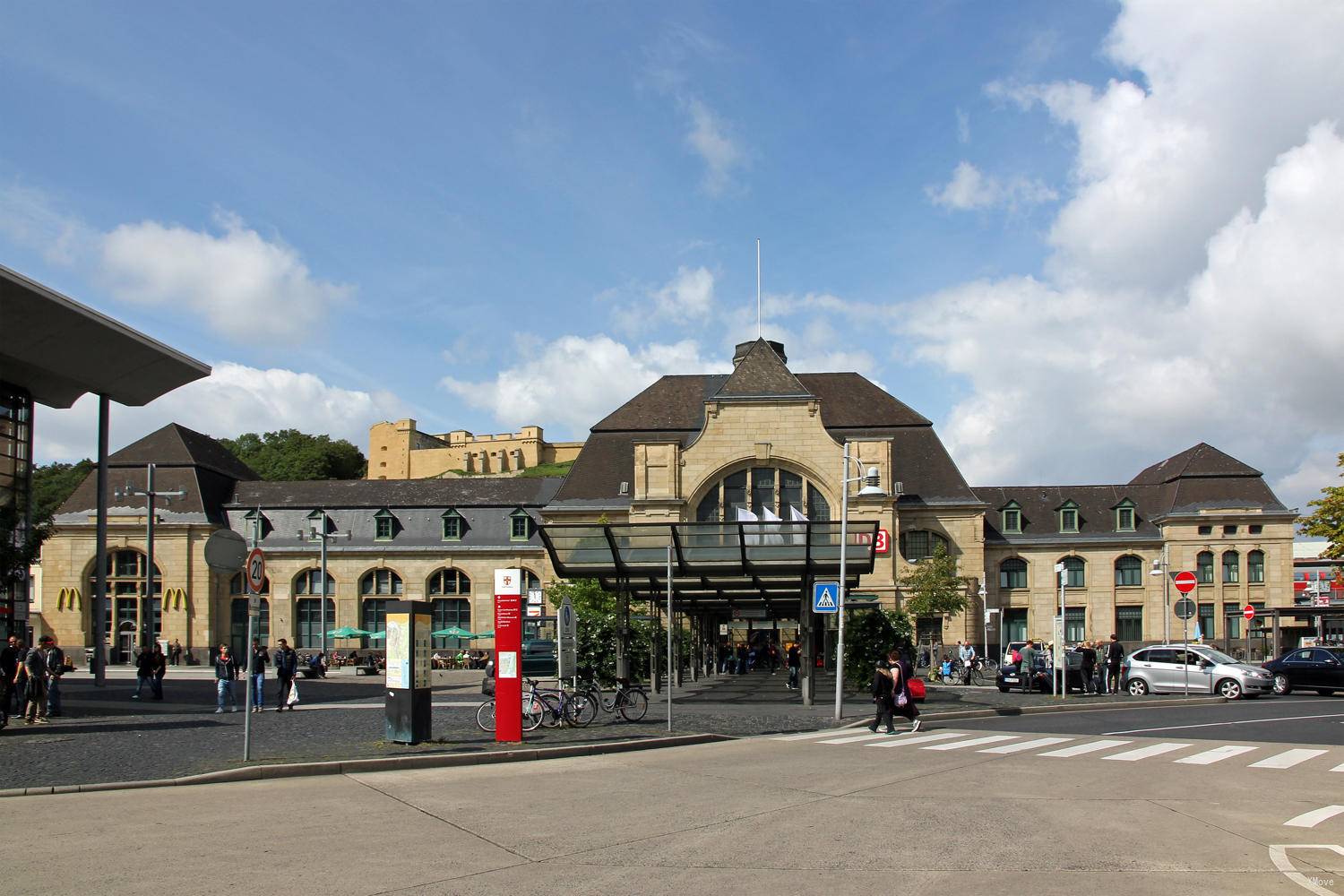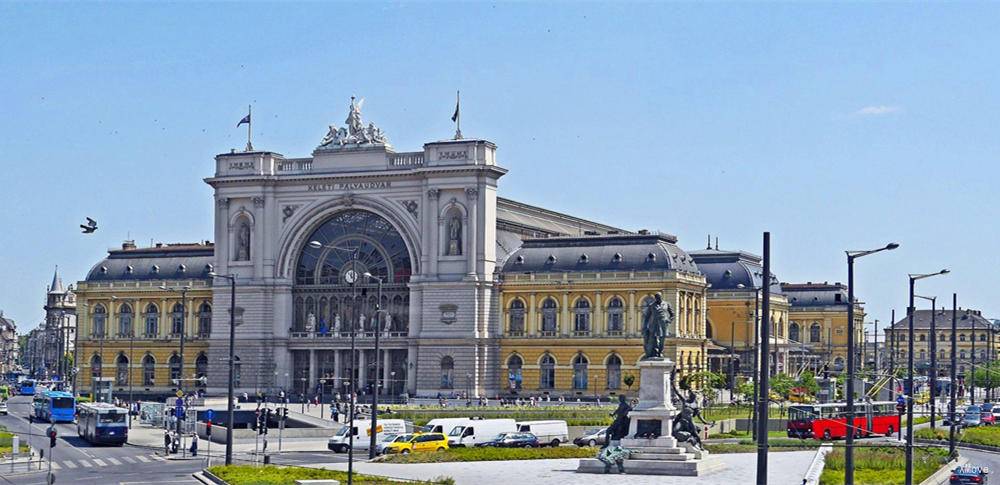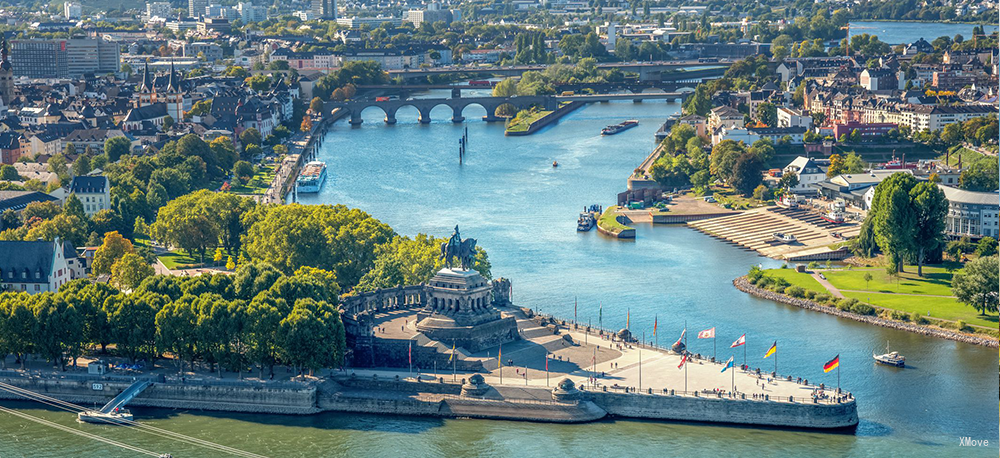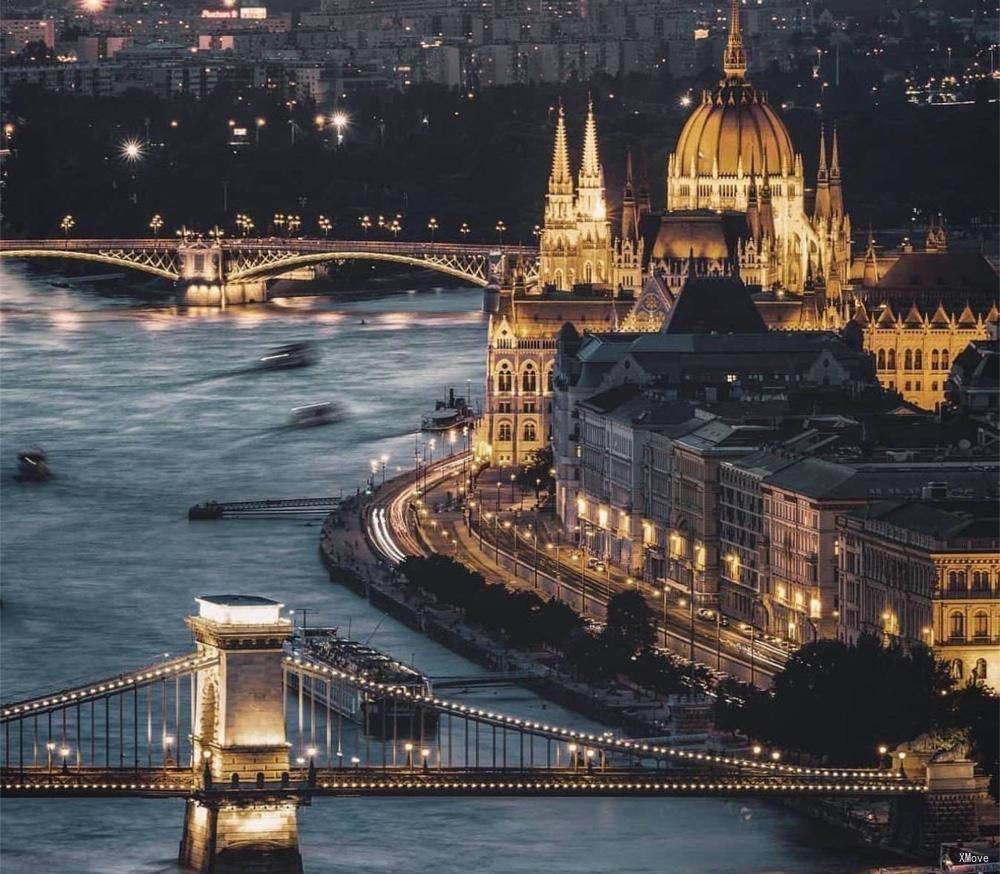Koblenz Central to Budapest Central: Trains, Buses, Fares, Today's Connections, Routes, Duration, Types of Trains, Station Guides, Tips, Journey
Germany Train Tickets
Scan QR code, download G2Rail App to see Koblenz Central's more live update, station guide, plan and photos



Train schedule Koblenz Central(Koblenz Hbf) to Budapest Central(Budapest Keleti Pályaudva)
Popular train routes departing from Koblenz Central(Koblenz Hbf)
* Berlin (Main Underground)(Berlin Hbf (Tief))
* Prague(Praha)
* Winningen(Mosel)
* St Goarshausen
* Koenigswinter(Königswinter)
* Vallendar
* Heilbronn Central(Heilbronn Hbf)
Popular train routes arriving in Koblenz Central(Koblenz Hbf)
* Stazione Principale Di Villach(Villach Hbf)
* Utrecht Centrale(Utrecht Centraal)
* Sittard
* Vallendar
* Stazione Centrale Di Graz(Graz Hbf)
* Andernach
* Tegernsee
Popular train routes departing from Budapest Central(Budapest Keleti Pályaudva)
* Split
* Brno Central(Brno Hl.N.)
* Vienna Erdberg (U3)(Wien Erdberg (U3))
* Salzburg Central(Salzburg Hbf)
* Paderborn Central(Paderborn Hbf)
* Belgrade(Beograd)
* Belgrade(Beograd)
Popular train routes arriving in Budapest Central(Budapest Keleti Pályaudva)
* Stasiun Utama Krakow(Kraków Główny)
* Cologne(Köln)
* Zagreb Glavni Kolod.
* Achern
* Roma
* Zagreb
* Zupanja

Koblenz Central
Koblenz Hauptbahnhof is a railway station in the city of Koblenz in the German state of Rhineland-Palatinate. It is the focal point of rail transport in the Rhine-Moselle-Lahn area. It is a through station in southern Koblenz built below Fort Großfürst Konstantin and opened in 1902 in the Neustadt (new city), which was built after the demolition of the city walls in 1890. The station replaced two former stations on the Left Rhine railway, which were only 900 m apart, and the former Moselle line station. Koblenz-Stadtmitte station opened in April 2011 in the old centre of Koblenz. Koblenz Hauptbahnhof is on the West Rhine Railway and connects to the Moselle line, the East Rhine Railway and to the Lahn Valley Railway. It is used daily by about 40,000 travelers and visitors. In the station forecourt are a bus station and a pavilion.
Since 2002, the station has been part of the Upper Middle Rhine Valley UNESCO World Heritage site.
Koblenz Central - Station Guide | Departures and Arrivals | Popular RoutesBudapest Central
The train connects Budapest with all the central and eastern countries of Europe. Unless otherwise indicated, all trains will arrive at Budapest Keleti pályaudva, so if you arrive in Budapest by train, you should get off at East Railway Station. All international trains depart from the Keleti station, and domestic trains to Miskolc, Eger, Győr and Szombathely also depart from here.
You can choose to take the M2 line and get off at the Keleti pályaudvar stop. The starting point of Metro Line 4, the subway M2 and M4 meet here.
Budapest Central - Station Guide | Departures and Arrivals | Popular Routes

Koblenz (German: [ˈkoːblɛnts] ; French: Coblence), spelled Coblenz before 1926, is a German city situated on both banks of the Rhine where it is joined by the Moselle. Koblenz was established as a Roman military post by Drusus around 8 B.C. Its name originates from the Latin (ad) cōnfluentēs, meaning "(at the) confluence" of the two rivers. The actual confluence is today known as the "German Corner", a symbol of the unification of Germany that features an equestrian statue of Emperor William I. The city celebrated its 2000th anniversary in 1992. After Mainz and Ludwigshafen am Rhein, it is the third-largest city in Rhineland-Palatinate, with a population of around 112,000 (2015). Koblenz lies in the Rhineland.
Koblenz - Guide, Attractions, Tours, Sightseeings | Train from/to Koblenz | Popular RoutesBudapest (, Hungarian pronunciation: [ˈbudɒpɛʃt]) is the capital and the most populous city of Hungary, and the tenth-largest city in the European Union by population within city limits. The city has an estimated population of 1,752,286 over a land area of about 525 square kilometres (203 square miles). Budapest is both a city and county, and forms the centre of the Budapest metropolitan area, which has an area of 7,626 square kilometres (2,944 square miles) and a population of 3,303,786, comprising 33% of the population of Hungary.The history of Budapest began when an early Celtic settlement transformed into the Roman town of Aquincum, the capital of Lower Pannonia. The Hungarians arrived in the territory in the late 9th century. The area was pillaged by the Mongols in 1241. Buda, the settlements on the west bank of the river, became one of the centres of Renaissance humanist culture by the 15th century. The Battle of Mohács, in 1526, was followed by nearly 150 years of Ottoman rule. After the reconquest of Buda in 1686, the region entered a new age of prosperity. Pest-Buda became a global city with the unification of Buda, Óbuda, and Pest on 17 November 1873, with the name 'Budapest' given to the new capital. Budapest also became the co-capital of the Austro-Hungarian Empire, a great power that dissolved in 1918, following World War I. The city was the focal point of the Hungarian Revolution of 1848, the Battle of Budapest in 1945, and the Hungarian Revolution of 1956.Budapest is an Alpha − global city with strengths in commerce, finance, media, art, fashion, research, technology, education, and entertainment. It is Hungary's financial centre and was ranked as the second fastest-developing urban economy in Europe. Budapest is the headquarters of the European Institute of Innovation and Technology, the European Police College and the first foreign office of the China Investment Promotion Agency. Over 40 colleges and universities are located in Budapest, including the Eötvös Loránd University, the Semmelweis University and the Budapest University of Technology and Economics. Opened in 1896, the city's subway system, the Budapest Metro, serves 1.27 million, while the Budapest Tram Network serves 1.08 million passengers daily.Among Budapest's important museums and cultural institutions is the Museum of Fine Arts. Further famous cultural institutions are the Hungarian National Museum, House of Terror, Franz Liszt Academy of Music, Hungarian State Opera House and National Széchényi Library. The central area of the city along the Danube River is classified as a UNESCO World Heritage Site and has several notable monuments, including the Hungarian Parliament, Buda Castle, Fisherman's Bastion, Gresham Palace, Széchenyi Chain Bridge, Matthias Church and the Liberty Statue. Other famous landmarks include Andrássy Avenue, St. Stephen's Basilica, Heroes' Square, the Great Market Hall, the Nyugati Railway Station built by the Eiffel Company of Paris in 1877 and the second-oldest metro line in the world, the Millennium Underground Railway. The city also has around 80 geothermal springs, the largest thermal water cave system, second largest synagogue, and third largest Parliament building in the world. Budapest attracts 4.4 million international tourists per year, making it a popular destination in Europe.
Budapest - Guide, Attractions, Tours, Sightseeings | Train from/to Budapest | Popular Routes
Germany Train Tickets
Scan QR code, download G2Rail App to see Koblenz Central's more live update, station guide, plan and photos



Hot Journeys
* Brussels(Bruxelles) -> Paris
* Avignon -> Paris
* Interlaken -> Swiss Alps Jungfrau Aletsch
* Helsinki(Helsinki) -> Rovaniemi(Rovaniemi)
* Venice(Venezia) -> Florence
* Naples -> Florence
* Stuttgart -> Frankfurt
* London(London) -> Paris
* Warsaw(Warszawa) -> Berlin(Berlin)
* Milan -> Turin(Torino)
* Rome(Roma) -> Florence
* Brig -> Andermatt
* Dusseldorf(Düsseldorf) -> Frankfurt Airport(Frankfurt Flughafen)
* Paris -> Nice
* Bratislava(Bratislava) -> Warsaw(Warszawa)
* Barcelona -> Madrid(Madrid)
* Lisbon(Lisboa) -> Porto(Porto)
* Munich(Müchen) -> Berlin(Berlin)
